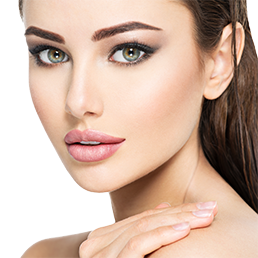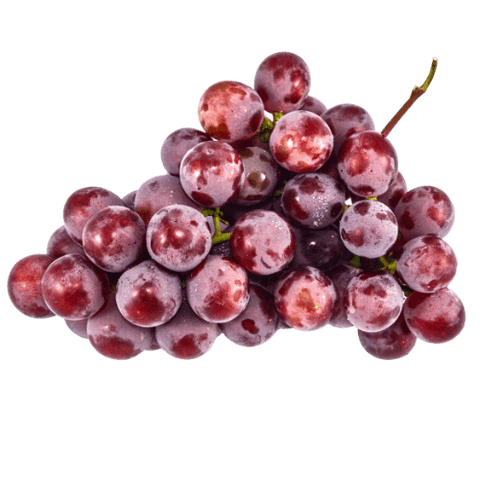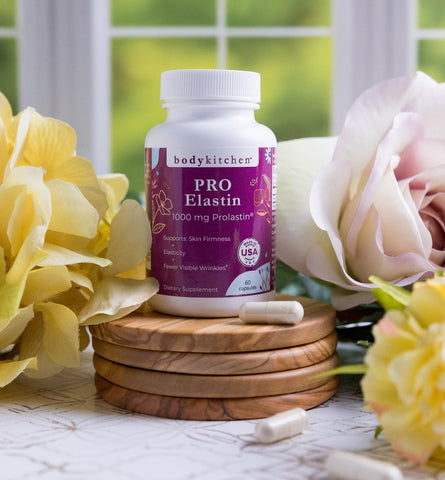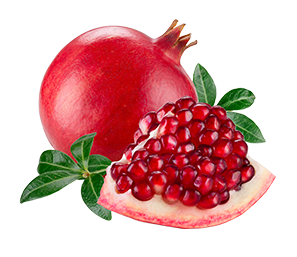The No-Gym Plan for Building a Fit, Strong Body
When you think about what “fit and strong” looks like, you probably imagine a lean, sturdy and well-sculpted physique that takes hours in the gym or workout studio to build.
Without question, strength training is scientifically proven to improve body mass index, increase physical strength and help expend energy more efficiently. So whether the heavy lifting is done in the gym or in your living room, training with weights deserves to be an important part of your health routine.
However, weight training that mostly focuses on your body’s largest muscle groups is not the rock-solid foundation of a fit, strong, balanced body. In fact, it’s your entire musculoskeletal system that needs to be fortified, including small muscles, bones, cartilage, tendons and ligaments.
Treat your body like a temple, not a house of cards
From the largest muscle to the smallest piece of cartilage, all are part of an interconnected web of structural, protein-based tissues that form the foundation of not only your strength, but your agility, flexibility, mobility, balance and overall level of fitness.
And what this means to you is having a body that can keep up with your hobbies, passions and life’s everyday physical demands… especially as you age. But if you only exercise large muscle groups at the gym, you may gain muscle but not the functional strength that aging well requires.
Every stage of life brings factors that we don’t account for when we’re young… the gradual decline of muscle mass every year after age 30… hormonal shifts that affect bone strength and body composition… and the increased risk of injury and fractures they invite. So your fitness routine needs to be as limber as your body.
Tips for Building a Fit Foundation
Most people focus on just one or two fundamentals of fitness. But to build and maintain a fit, functional body as you age, it’s important for all components of your musculoskeletal system to get the attention they deserve.
Maintain healthy bones
From holding your body in place to storing calcium, your bones are integral to your health and daily quality of life. While your body has the ability to renew bone tissue, the ratio starts to change at about age 30 when bone breaks down faster than can be rebuilt. And after age 50, you lose bone density by about 3-4% per decade.*
Women are especially vulnerable to experiencing bone loss due to having less bone tissue and smaller frames compared to men. And, because estrogen stimulates bone-building cells called osteoblasts, its decline during and after menopause also contribute to bone loss.
What you can do:
- High-impact cardio exercise
- Weight-bearing exercise
- Mineral supplementation
Regular exercise is not only for building muscle strength and promoting a healthy body shape, but for strengthening your bones too. It forced tissues to work against gravity and stresses tissue in a beneficial way, all of which improve strength, coordination and balance.
Equally as important as regular exercise for reducing bone loss is to prevent mineral deficiencies. Your bones depend on an adequate and steady supply of calcium, vitamin D, magnesium, phosphorus, potassium and other minerals.
And while calcium is one of the most recognized minerals and is easily accessible in many foods, you may not be absorbing as much as you think. According to the NIH, calcium absorption from food is only about 45% of intake*.
You can easily boost your calcium absorption by taking it with a vitamin D supplement, such as Body Kitchen Vitamin D + K2, two complementary nutrients that support bone health.
Build core strength
Being steady on your feet and agile in your movements depends on your core strength and balance. The “core” is often attributed to abdominal muscles, but they are only one part of your trunk – the source of stability and from which all movement stems.
Your trunk includes your stomach, lower back, hips and pelvis, and together they play a monumental role in helping you maintain your mobility and physical performance, as well as making you less prone to falls and injuries.
You don’t need to hit the gym or even use weights to build core strength and improve balance. Your body is all the weight that you need to do these core-building activities:
- Yoga
- Pilates
- Calisthenics
Bonus: these exercises have the added benefit of strengthening small muscle groups, ligaments and tendons that might normally not get isolated and worked-out during traditional workouts.
For a stronger, more robust core, nourish your body from within with our core collagen formula, Original Body Boost. It remains one of our most popular products, because it delivers 19 grams of protein, plus 30X the collagen peptides of many other supplements. And it’s loaded with fruit antioxidants that fight tissue breakdown.
Protect joints and other connective tissue
Connective tissue is found throughout the body and is designed to offer structural support, cushion and insulation to other tissues and organs. These are the tissues that help you react quickly and avoid injury when you roll your ankle stepping off a curb or reach behind you in the car, for example.
Three connective tissues that your flexibility and mobility depend on are:
- Joint cartilage – a smooth substance that coats and cushions the ends of bones
- Tendons – strong fibers that connect muscles to bones
- Ligaments – thick bands that connect bones to other bones
All connective tissue is composed of a strong structural protein and hydrating, cushioning polymer: collagen and hyaluronic acid. Your body continually synthesizes collagen and hyaluronic acid to rebuild joints and other connective tissue.
But with aging, production of both naturally declines, affecting their ability to repair tissue and contributing to cartilage degradation and grinding. Additionally, tendons and ligaments lose elasticity, which reduces flexibility and range of motion over time.
What you can do:
The key to strengthening supporting tissues and extending the shelf life of your joints, ligaments and tendons is with exercises that stress them in ways that simulate everyday movements:
- Resistance training – use exercise bands for low, steady weight
- Eccentric training – extending the lengthening phase of an exercise
- Stretching – exercises that use your full range of motion
- Plyometrics – quick, explosive movements
Nutritionally, you can support these tissues by consuming the building blocks of healthy connective tissue. Protein-rich foods such as beef, seafood, whole food soy (tofu, edamame, protein powder) and eggs help the body form collagen.
And citrus fruit, such as oranges, contain vitamin C to support collagen production and another powerful antioxidant, naringenin, that helps your body resist the breakdown of hyaluronic acid.
To boost your collagen and hyaluronic acid for healthy joints with Collagen Enrich. Or for advanced joint support, try Pro-Mobility clinically shown to reduce joint discomfort and nourish healthy tissue.














